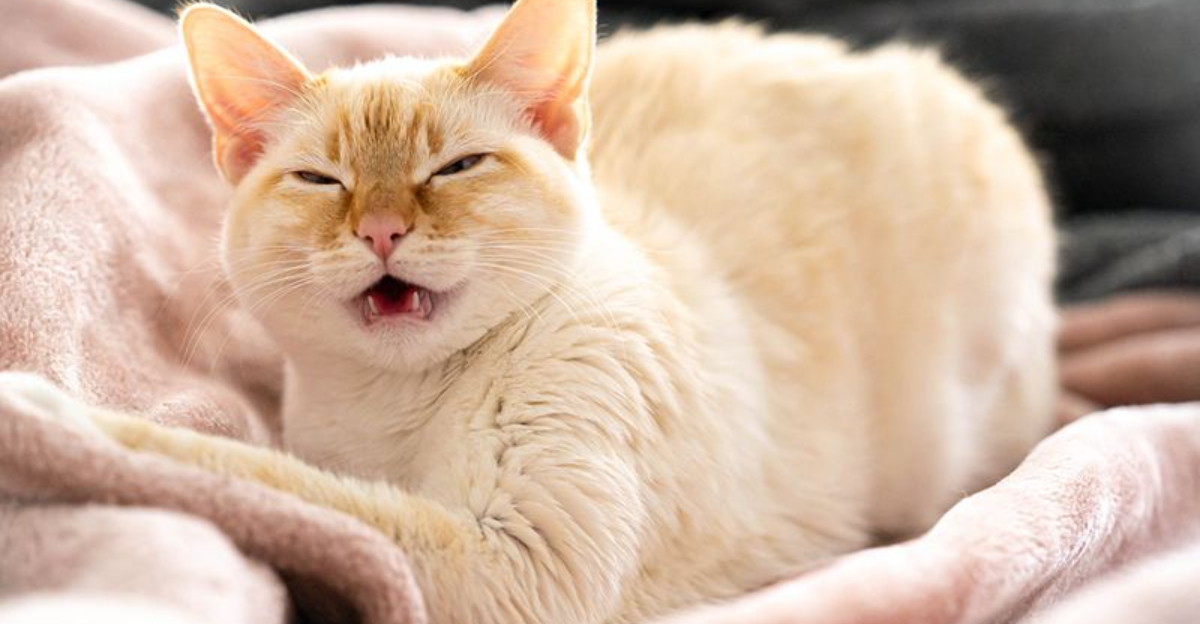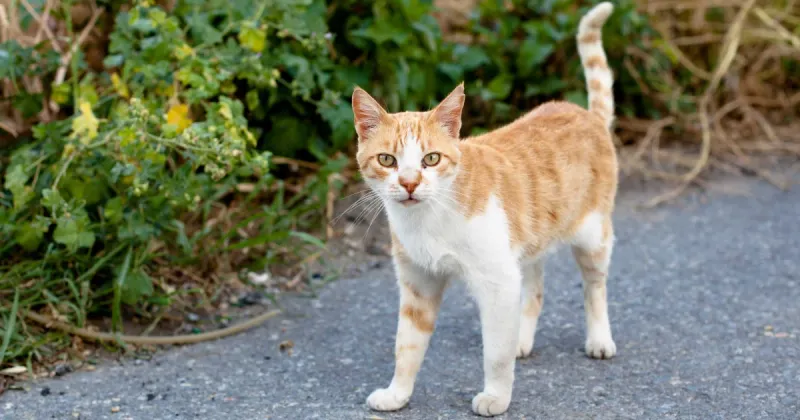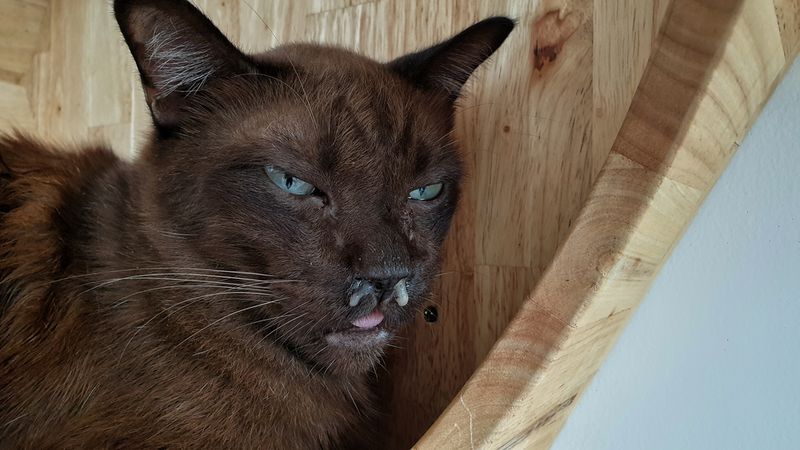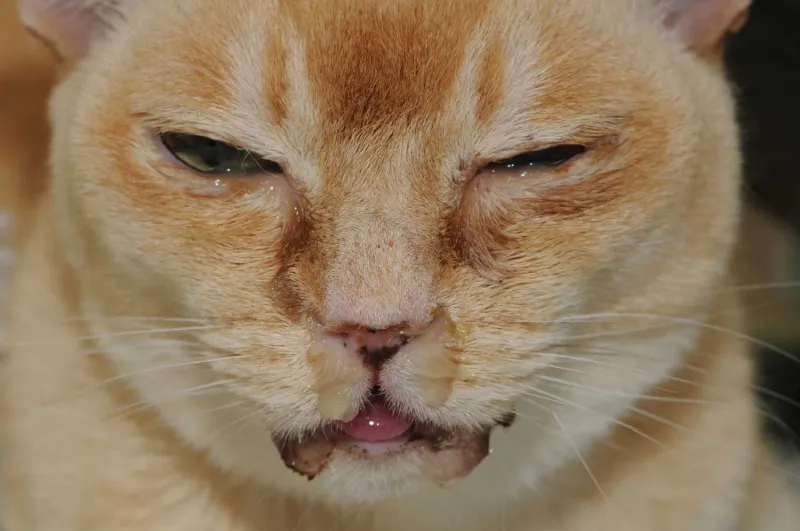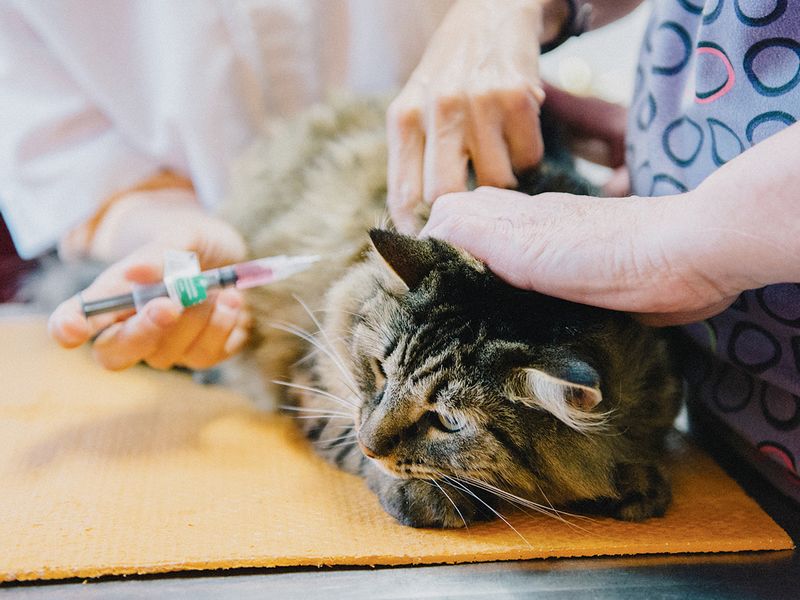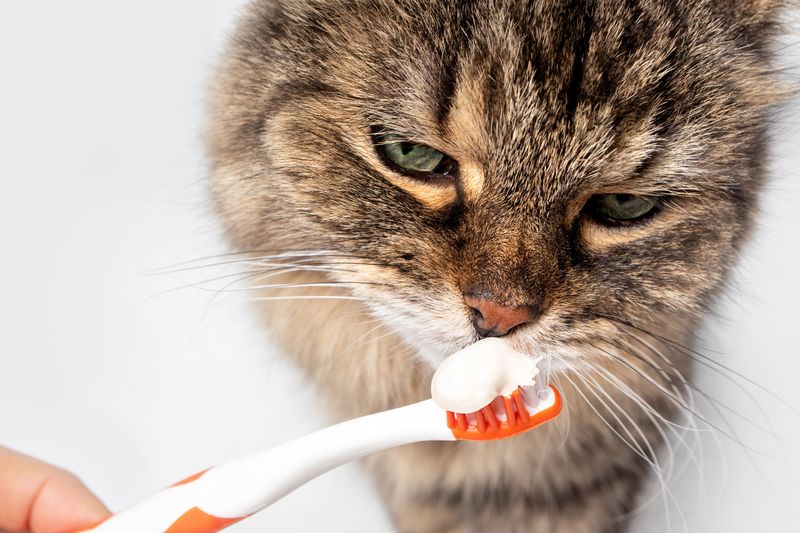📖 Table of Content:
Bordetella bronchiseptica is a lesser-known but significant bacterial pathogen that can affect the respiratory health of cats, particularly those in environments with high animal density or compromised immunity. While commonly associated with kennel cough in dogs, this bacterium is fully capable of crossing species lines, making it a growing concern in feline health circles. Understanding how and why cats become infected is the first step in managing and preventing outbreaks.
Although not every cat exposed to Bordetella bronchiseptica will develop illness, several risk factors dramatically increase the likelihood of infection. Kittens, shelter animals, and those living in multi-cat households tend to be especially vulnerable. Once infected, cats may present with symptoms that mimic other upper respiratory infections, which can make diagnosis tricky without appropriate testing.
Fortunately, Bordetella infections in cats are typically manageable and even preventable with the right care strategies. Vaccination, hygiene protocols, and awareness of transmission routes all play crucial roles in reducing both individual and population-level risk. This article delves into the most important risk factors, the telltale symptoms, and the key steps you can take to help protect your feline companions from this sneaky respiratory threat.
1. High-Density Living Environments
Shelters and catteries act as prime breeding grounds for respiratory infections like Bordetella bronchiseptica. The close quarters and shared air supply mean that bacteria can spread rapidly from one cat to another. Even short-term stays in such environments can result in exposure. Cleaning protocols, although helpful, are not always enough to prevent transmission. Overcrowding significantly worsens the risk by increasing stress, which weakens immune responses. It’s not just physical proximity — shared food bowls, litter boxes, and bedding also contribute to infection risk. For this reason, any cat entering or leaving these environments should be closely monitored for respiratory symptoms.
2. Young Age
Kittens, particularly those under six months old, have immature immune systems that struggle to fend off infections like Bordetella. At this age, their bodies are still developing the necessary defenses against environmental pathogens. Even with maternal antibodies, protection wanes quickly after birth. Early-life exposure to stressors such as rehoming or overcrowding can further compromise immune function. Without full vaccination coverage, these young cats are left even more vulnerable. Symptoms often appear more severe in kittens and may lead to complications like pneumonia. Thus, extra precautions should always be taken during the first few months of life.
3. Immunosuppression or Concurrent Illnesses
Cats already battling health issues are at a heightened risk of developing a Bordetella infection. Conditions such as feline immunodeficiency virus (FIV) or feline leukemia virus (FeLV) make it harder for the body to respond to new threats. Additionally, medications that suppress the immune system can leave cats exposed. Even mild respiratory pathogens can become serious under these conditions. A cat undergoing treatment for another illness may not show strong immune responses to vaccines either. Co-infections with viruses or fungi often mask or exacerbate Bordetella symptoms. These complex cases require close veterinary supervision to ensure proper recovery.
4. Exposure to Infected Animals
Direct or indirect contact with an infected animal is one of the most straightforward paths to infection. Bordetella is highly contagious and can be shed through sneezing, coughing, or contaminated surfaces. Interestingly, dogs and other species can serve as carriers, passing the bacteria along to cats. Cat owners with multi-pet households need to be especially vigilant. Sometimes, animals show no symptoms but still spread the bacteria — these are known as asymptomatic carriers. Play dates, boarding facilities, or visits to the vet can all introduce potential risks. It’s essential to evaluate these situations when tracing the origin of infection.
5. Persistent Coughing
Often mistaken for hairballs or reverse sneezing, persistent coughing is one of the hallmark symptoms of Bordetella bronchiseptica. This cough is usually dry and “honking” in sound, and it can last for days or even weeks. Unlike in dogs, coughing in cats is less common, so its presence should raise red flags. Physical activity or excitement can make the coughing worse. In some cases, the act of coughing can cause retching or vomiting. Owners may also notice that the coughing becomes more frequent at night or after handling the cat. A veterinary check-up is essential when this symptom persists beyond a day or two.
6. Nasal and Ocular Discharge
Thick or watery discharge from the nose and eyes often accompanies Bordetella infections. Sneezing fits may also occur, mimicking the symptoms of a common cold. Though this overlap makes diagnosis challenging, the presence of discharge with other symptoms should prompt further investigation. The discharge can be clear at first and then become cloudy or colored over time. In multi-cat homes, this symptom may spread rapidly, as infected cats groom or rub against one another. If untreated, discharge can crust around the eyes and nostrils, causing additional discomfort. Regular cleaning and vet consultation help manage this symptom effectively.
7. Lethargy and Reduced Appetite
Noticeable changes in a cat’s behavior — like sleeping more or refusing meals — are often early signs of systemic illness. While these signs are not exclusive to Bordetella, they frequently appear in infected cats. Reduced food intake combined with increased rest should never be dismissed. Cats tend to mask illness well, so subtle signs may precede more obvious ones. A low-grade fever may also be present, further affecting energy levels. If a normally active cat becomes withdrawn or less social, it’s worth a closer look. Timely intervention at this stage can prevent progression to more serious illness.
8. Vaccination
Preventive care through vaccination is one of the most effective ways to reduce the impact of Bordetella in feline populations. An intranasal vaccine is available and provides localized immunity in the upper respiratory tract. Unlike injectables, this method mimics natural infection pathways, offering faster protection. Cats in boarding, shelter, or grooming environments especially benefit from this vaccine. While not mandatory for all cats, it’s a wise choice for those at higher risk. Booster shots may be required for sustained immunity, particularly in frequently exposed cats. Always consult a vet to tailor a vaccine plan to your pet’s lifestyle.
9. Proper Hygiene and Quarantine Practices
Hygiene plays a crucial role in stopping the spread of Bordetella within households and shelters. Disinfecting shared spaces, bowls, litter boxes, and bedding is a foundational step. In cases of confirmed infection, isolating the affected cat is essential to prevent further spread. Handwashing before and after handling different animals can reduce cross-contamination. Ventilation improvements — such as HEPA filters or open windows — help reduce airborne bacterial load. Even short-term quarantines (7–14 days) can significantly limit the outbreak’s scope. Incorporating these habits into your regular pet care routine strengthens overall disease resistance.
